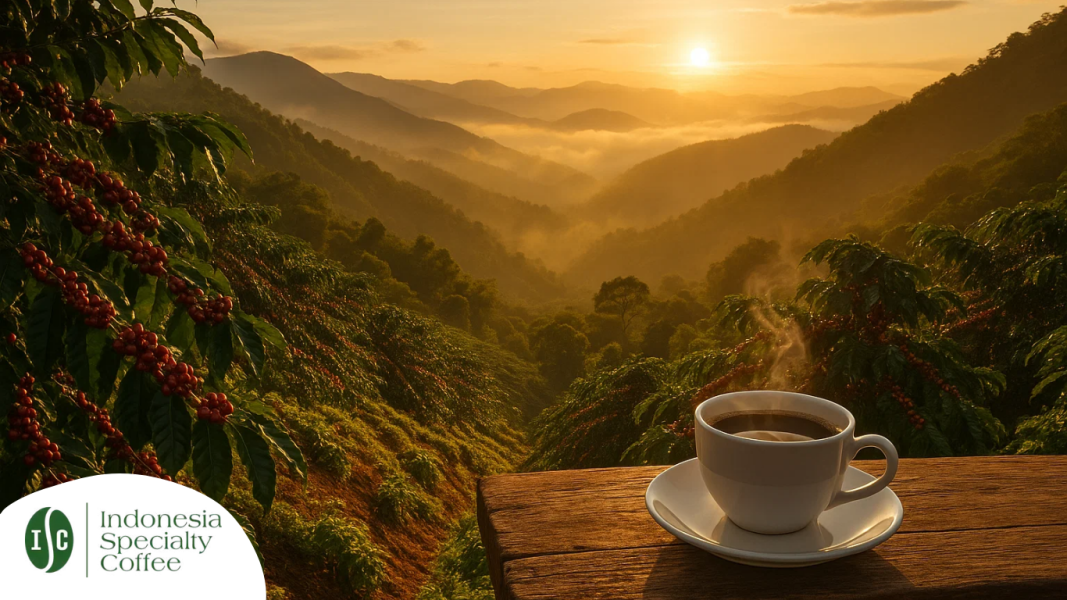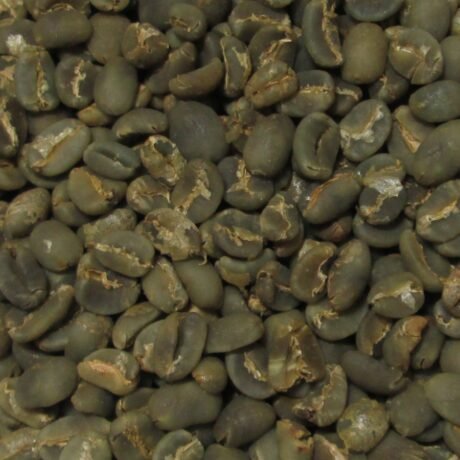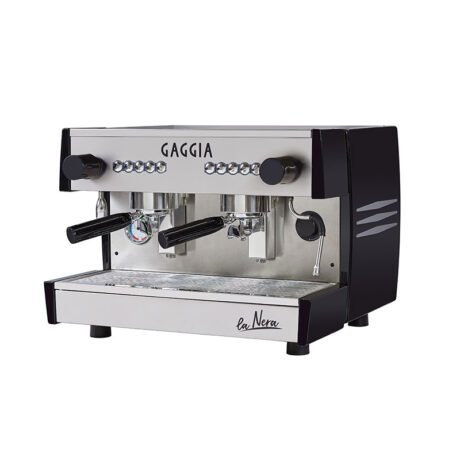Imagine sipping your morning coffee on a misty hillside, 1,150 meters above sea level. The breeze is crisp, sunlight filters softly through the trees, and every sip of your cup sings with sweet acidity, complex aroma, and a lingering aftertaste. That’s no coincidence—it’s the magic of high altitude coffee.
If you’ve ever wondered why your favorite beans from the mountains of Sumatra, Ethiopia, or Colombia taste more refined, there’s real science behind it. From slower maturation to solar radiation exposure, altitude plays a crucial role in defining what ends up in your cup.
In this article, we’ll explore how high altitude coffee truly stands apart, why elevation impacts flavor, and how it stacks up against lower-grown beans. Whether you’re a coffee connoisseur or just love a great cup, you’re about to learn what makes high altitude beans a cut above the rest.
What Is High Altitude Coffee?
High altitude coffee typically refers to beans grown at elevations above 1,000 meters above sea level. These beans develop in cooler temperatures, under slower maturation, and often in rich volcanic soil.
According to research from Brazil’s Manhuaçu region, Arabica coffee grown at altitudes of 1,150 meters and exposed to the afternoon sun produced superior sensory scores—highlighting better aroma, body, and flavor complexity compared to beans from lower altitudes.
Why Does Altitude Matter for Coffee?
1. Slower Maturation = Complex Flavor
At high altitudes, cooler temperatures slow the coffee cherry’s ripening process. This extra time allows sugars and acids to accumulate in the beans, creating deeper flavor profiles.
Think of it like fruit: a sun-ripened peach develops more sweetness over time. Coffee works the same way. That’s why many specialty-grade coffees come from mountainous regions.
👉 Curious about the brewing techniques that best express this flavor? Try the French Press method or explore pour-over timing.
2. Sunlight Exposure: Morning vs. Afternoon Sun
In the study, beans exposed to the afternoon sun at higher elevations scored better than those on the morning-facing side. That’s because afternoon light at altitude enhances sugar translocation without stressing the plant too much.
At lower altitudes, the morning sun yielded better results—likely because it provided gentler warmth and avoided midday heat stress.
☀️ This microclimate balance is key to crafting nuanced flavor. It’s part of the reason why Sumatra coffee and Aceh Gayo beans stand out worldwide.
Flavor Benefits of High Altitude Coffee
According to the Specialty Coffee Association (SCA) standards, coffee from 1,150m with afternoon sun exposure consistently scored in the “excellent” category. Here’s what that means for your palate:
- Brighter acidity (think citrus or green apple)
- Clean, lingering aftertaste
- Rich aroma and floral notes
- Complex body without bitterness
Want to taste the difference? You might want to start with Indonesian specialty varieties known for their balance and boldness.
Wet vs. Dry Processing at High Altitudes
How beans are processed after harvest also matters.
- Dry/Natural processing preserved more aroma and body, especially at high altitudes.
- Wet processing yielded slightly cleaner but less complex profiles.
Dry processed beans from 1,150m with afternoon sun had the strongest correlations between key sensory attributes—meaning they were aromatic, flavorful, and balanced.
Looking for more processing insights? Explore our guide to fermented coffee.
Real-Life Examples: Altitude Around the World
- Ethiopia’s Yirgacheffe: 1,800–2,100m – floral, tea-like, bright citrus.
- Colombia’s Huila: 1,200–1,800m – sweet caramel, balanced body.
- Indonesia’s Toraja: 1,000–1,500m – earthy spice, bold aftertaste (learn more).
No wonder roasters obsess over elevation on coffee labels—it’s not just marketing fluff.
Does High Altitude Mean Better Coffee?

Not always. Quality also depends on:
- Post-harvest processing
- Plant varietal
- Soil health and microbiota
- Pest control and flowering timing
But when all factors align, high altitude coffee offers some of the most expressive, vibrant, and specialty-worthy cups you can drink.
If you’re building a café or just want better home brewing, here’s how to choose the right supplier.
Final Brew: What’s in Your Cup?
High altitude coffee isn’t just about geography—it’s a story of patience, nature, and precision. When done right, it offers a sensory journey unmatched by lowland beans.
So the next time you’re browsing coffee bags, take a closer look at the elevation. That number might just be the secret to your best brew yet.
☕ Have you ever tasted the difference between highland and lowland coffee? Which origin blew your mind—and why?




